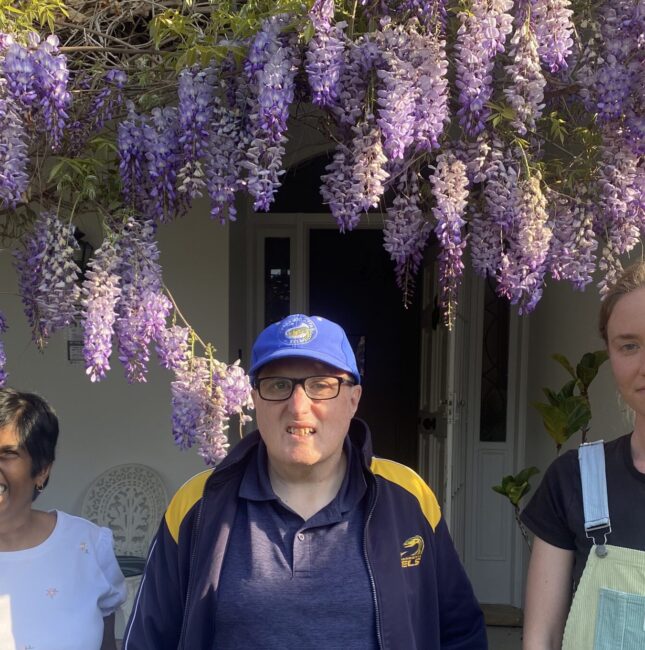What are the key signs of domestic or physical abuse?
April 17, 2019
Domestic or physical abuse occurs in relationships when one partner (the perpetrator) is physically violent towards the other (the victim).
Although the definition of physical abuse is widely known, a large number of victims refuse to believe or admit that they are suffering from domestic abuse. This can be for many reasons, such as the hope that their partner will stop, blaming themselves or simply feeling too scared to face the consequences.
Some relevant statistics show that 1 in 3 Australian women have experienced physical violence since the age of 15 and on average, one woman a week is murdered by her current partner.
Physical abuse doesn’t necessarily start with heavy physical contact. Examples can include:
- Slapping
- Biting
- Pinching
- Scratching
- Spitting.
Over time, these actions may worsen to include punching, strangling and even breaking bones.
The cycle of violence
This theory explains why victims of physical abuse struggle to leave their relationships or admit they’re being abused. It was developed by Doctor Lenore Walker in 1979 and has three stages.
- Tension building – actions from the perpetrator aimed at the victim may include picking fights, yelling, threatening and accusing. The victim will try to reassure them and on occasion, this will work.
- Acute explosion – the physical abuse we mentioned above.
- Honeymoon – the perpetrator will apologise continuously and promise to change his behaviour. He will be loving and intimate and the victim will hope that they have changed.
As this is the cycle, there is no beginning or end. The honeymoon period is the main reason why victims continue to suffer, as they are under the illusion that this time will be the last time, believing and hoping their partner will change.
Recognising the signs
Be aware that there may not be outward signs to suggest people are victims of physical abuse. The evidence may be covered by clothes which is sometimes a deliberate choice by the attacker so that people that interact with the victim do not suspect based on their appearance. Look for other signs as well like isolation and withdrawal from activities.
Getting help
At CatholicCare, we provide a range of services for women and children suffering from domestic violence and abuse.
There are other elements of domestic violence that aren’t just physical, including emotional, psychological, and financial. These will be covered in future posts.
Please call us on (02) 9481 2600, email info@catholiccaredbb.org.au or visit our website if you, or someone you know, needs help.
More news stories like this one
Mark has greater control
It's been a year of change and growth for Mark, who is a proud resident of our Supported Independent Living house in Wahroonga. Upon being asked what he most enjoys about living at Kokoda House, Mark says, “everything!”
Read MoreLet’s talk about invisible disabilities
When you think of the word, ‘disability’ what do you see? Perhaps you envision someone in a wheelchair, or a person walking with a cane. The reality is that for 90% of people living with a disability in Australia, their disability is invisible.
Read MoreMediation gives Amanda & David breathing space
When Amanda first contacted CatholicCare for help with property mediation, her life was nothing short of chaotic. “You name it, it had happened,” says Family Dispute Resolution Practitioner Melanie.
Read More


